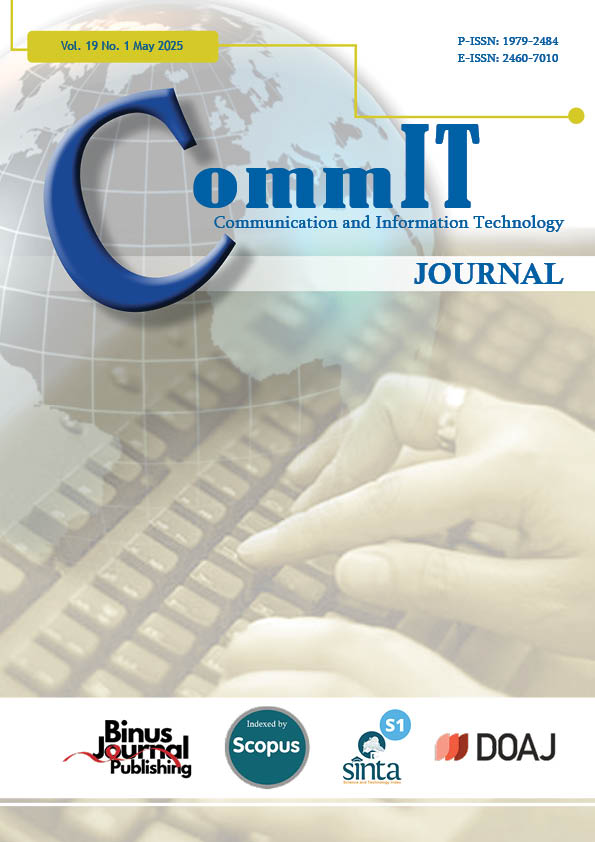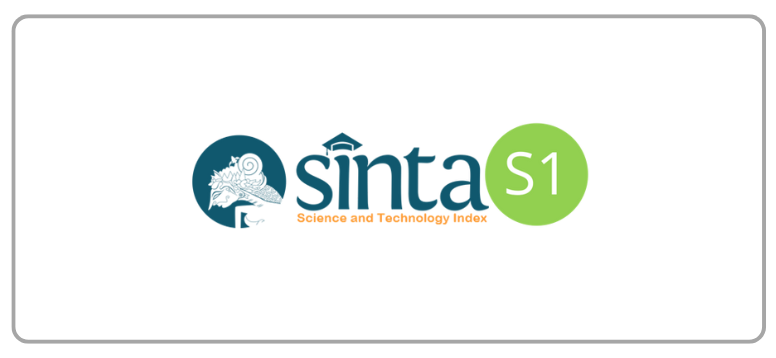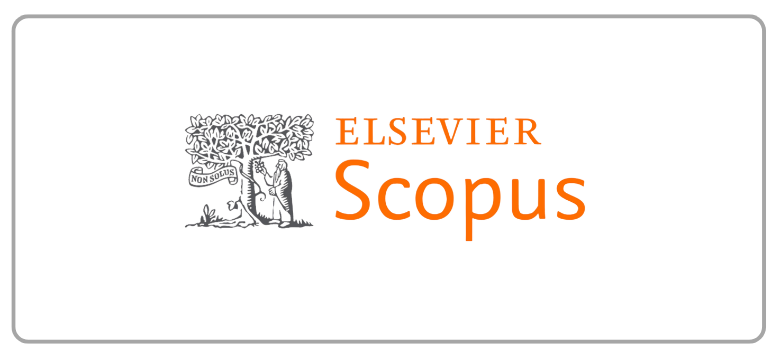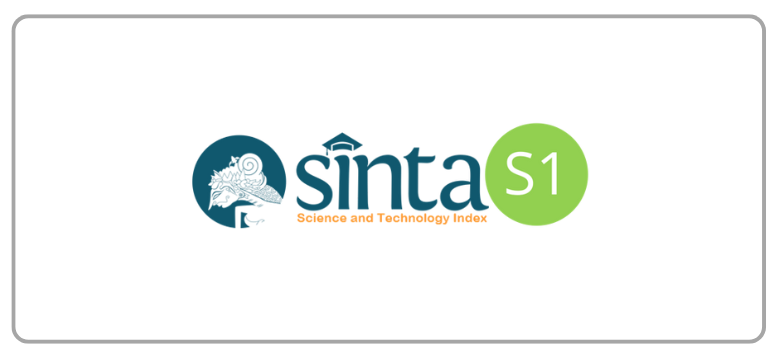Optimization of Multi-Section and Partially Augmented Magnetic Resonance Imaging (MRI) Images for Brain Tumor Classification Using ResNet-50
DOI:
https://doi.org/10.21512/commit.v19i1.12467Keywords:
Magnetic Resonance Imaging (MRI), Brain Tumor, ResNet-50Abstract
Brain tumor diagnosis is challenging due to complex brain anatomy and tumor variability across imaging views. Traditional methods are manual and error-prone, making deep learning, particularly ResNetbased Convolutional Neural Network (CNN), essential for improving accuracy. The research investigates the enhancement of brain tumor classification using Magnetic Resonance Imaging (MRI) images through a novel modification of the ResNet50 model. It specifically addresses data imbalance challenges in medical image analysis. By proposing a targeted approach to partial data augmentation, the researchers aim to overcome limitations in traditional deep-learning classification methodologies, particularly the performance bottlenecks encountered in differentiating complex brain tumor subtypes. The research uses MRI dataset containing 5,249 labeled images (glioma, meningioma, pituitary, no tumor) across axial, coronal, and sagittal planes, highlighting class and view-based imbalances addressed through targeted augmentation. The research employs transfer learning to analyze three scenarios: non-augmented, partially augmented, and rounding-down data. Results reveal that the partially augmented scenario achieves the highest classification accuracy at 85%, significantly surpassing the non-augmented scenario, which peaks at 79%. In contrast, the rounding-down scenario yields only 60.16% accuracy during validation, highlighting the negative impact of drastically reducing data quantities. The unique contribution lies in demonstrating how strategic partial augmentation can enhance pattern recognition and mitigate overfitting risks, particularly in medical imaging where precise differentiation is crucial. The findings highlight the critical role of nuanced data distribution in enhancing model robustness, as evidenced by improved pattern recognition and reduced overfitting risks in the augmented scenario.
References
[1] Global Cancer Observatory, “Globocan 2022 statistics,” 2022. [Online]. Available: https://gco.iarc.who.int/media/globocan/factsheets/populations/900-world-fact-sheet.pdf
[2] T. N. Papadomanolakis, E. S. Sergaki, A. A. Polydorou, A. G. Krasoudakis, G. N. Makris-Tsalikis, A. A. Polydorou, N. M. Afentakis, S. A. Athanasiou, I. O. Vardiambasis, and M. E. Zervakis, “Tumor diagnosis against other brain diseases using T2 MRI brain images and CNN binary classifier and DWT,” Brain Sciences, vol. 13, no. 2, pp. 1–25, 2023.
[3] W. Tian, D. Li, M. Lv, and P. Huang, “Axial attention convolutional neural network for brain tumor segmentation with multi-modality MRI scans,” Brain Sciences, vol. 13, no. 1, pp. 1–20, 2022.
[4] M. Arabahmadi, R. Farahbakhsh, and J. Rezazadeh, “Deep learning for smart healthcare—A survey on brain tumor detection from medical imaging,” Sensors, vol. 22, no. 5, pp. 1–27, 2022.
[5] H. S. Basavegowda and G. Dagnew, “Deep learning approach for microarray cancer data classification,” CAAI Transactions on Intelligence Technology, vol. 5, no. 1, pp. 22–33, 2020.
[6] H. Ayesha, S. Iqbal, M. Tariq, M. Abrar, M. Sanaullah, I. Abbas, A. Rehman, M. F. K. Niazi, and S. Hussain, “Automatic medical image interpretation: State of the art and future directions,” Pattern Recognition, vol. 114, 2021.
[7] I. G. S. M. Diyasa, W. S. J. Saputra, A. A. N. Gunawan, D. Herawati, S. Munir, and S. Humairah, “Abnormality determination of spermatozoa motility using Gaussian mixture model and matching-based algorithm,” Journal of Robotics and Control (JRC), vol. 5, no. 1, pp. 103–116, 2024.
[8] R. Thangaraj, S. Anandamurugan, and V. K. Kaliappan, “Automated tomato leaf disease classification using transfer learning-based deep convolution neural network,” Journal of Plant Diseases and Protection, vol. 128, no. 1, pp. 73–86, 2021.
[9] C. Janiesch, P. Zschech, and K. Heinrich, “Machine learning and deep learning,” Electronic Markets, vol. 31, no. 3, pp. 685–695, 2021.
[10] W. Ayadi, W. Elhamzi, I. Charfi, and M. Atri, “Deep CNN for brain tumor classification,” Neural Processing Letters, vol. 53, pp. 671–700, 2021.
[11] G. S. M. Diyasa, A. Fauzi, M. Idhom, and A. Setiawan, “Multi-face recognition for the detection of prisoners in jail using a modified cascade classifier and CNN,” Journal of Physics: Conference Series, vol. 1844, pp. 1–10, 2021.
[12] E. Irmak, “Multi-classification of brain tumor MRI images using deep convolutional neural network with fully optimized framework,” Iranian Journal of Science and Technology, Transactions of Electrical Engineering, vol. 45, no. 3, pp. 1015–1036, 2021.
[13] B. A. Mohammed and M. S. Al-Ani, “An efficient approach to diagnose brain tumors through deep CNN,” Mathematical Biosciences and Engineering, vol. 18, no. 1, pp. 851–867, 2021.
[14] A. Deshpande, V. V. Estrela, and P. Patavardhan, “The DCT-CNN-ResNet50 architecture to classify brain tumors with super-resolution, convolutional neural network, and the ResNet50,” Neuroscience Informatics, vol. 1, no. 4, pp. 1–8, 2021.
[15] A. Digdoyo, T. Surawan, A. S. B. Karno, D. R. Irawati, and Y. Effendi, “Deteksi dini tumor otak menggunakan metode deep learning arsitektur CNN Resnet-152,” Jurnal Teknologi, vol. 9, no. 2, pp. 114–122, 2022.
[16] S. Athisayamani, R. S. Antonyswamy, V. Sarveshwaran, M. Almeshari, Y. Alzamil, and V. Ravi, “Feature extraction using a residual deep convolutional neural network (resnet-152) and optimized feature dimension reduction for MRI brain tumor classification,” Diagnostics, vol. 13, no. 4, pp. 1–20, 2023.
[17] D. R. Nayak, N. Padhy, P. K. Mallick, M. Zymbler, and S. Kumar, “Brain tumor classification using dense Efficient-Net,” Axioms, vol. 11, no. 1, pp. 1–13, 2022.
[18] G. Liang and L. Zheng, “A transfer learning method with deep residual network for pediatric pneumonia diagnosis,” Computer Methods and Programs in Biomedicine, vol. 187, 2020.
[19] M. R. M. Ariefwan, I. G. S. M. Diyasa, and K. M. Hindrayani, “InceptionV3, ResNet50, ResNet18 and MobileNetV2 performance comparison on face recognition classification,” Literasi Nusantara, vol. 4, no. 1, pp. 1–10, 2023.
[20] S. Lu, S. H. Wang, and Y. D. Zhang, “Detecting pathological brain via ResNet and randomized neural networks,” Heliyon, vol. 6, no. 12, pp. 1–11, 2020.
[21] A. S. Febrianti, T. A. Sardjono, and A. F. Babgei, “Klasifikasi tumor otak pada citra magnetic resonance image dengan menggunakan metode support vector machine,” Jurnal Teknik ITS, vol. 9, no. 1, pp. A118–A123, 2020.
[22] G. Algan and I. Ulusoy, “Image classification with deep learning in the presence of noisy labels: A survey,” Knowledge-Based Systems, vol. 215, 2021.
[23] L. H. Shehab, O. M. Fahmy, S. M. Gasser, and M. S. El-Mahallawy, “An efficient brain tumor image segmentation based on deep Residual Networks (ResNets),” Journal of King Saud University-Engineering Sciences, vol. 33, no. 6, pp. 404–412, 2021.
[24] Y. Anagun, “Smart brain tumor diagnosis system utilizing deep convolutional neural networks,” Multimedia Tools and Applications, vol. 82, no. 28, pp. 44 527–44 553, 2023.
[25] A. R. Khan, S. Khan, M. Harouni, R. Abbasi, S. Iqbal, and Z. Mehmood, “Brain tumor segmentation using K-means clustering and deep learning with synthetic data augmentation for classification,” Microscopy Research and Technique, vol. 84, no. 7, pp. 1389–1399, 2021.
[26] M. F. Alanazi, M. U. Ali, S. J. Hussain, A. Zafar, M. Mohatram, M. Irfan, R. AlRuwaili, M. Alruwaili, N. H. Ali, and A. M. Albarrak, “Brain tumor/mass classification framework using magnetic-resonance-imaging-based isolated and developed transfer deep-learning model,” Sensors, vol. 22, no. 1, pp. 1–15, 2022.
[27] F. A. A. Harahap, A. N. Nafisa, E. N. D. B. Purba, and N. A. Putri, “Implementasi algoritma convolutional neural network arsitektur model MobileNetV2 dalam klasifikasi penyakit tumor otak glioma, pituitary dan meningioma,” Jurnal Teknologi Informasi, Komputer, dan Aplikasinya (JTIKA), vol. 5, no. 1, pp. 53–61, 2023.
[28] Q. Zheng, P. Zhao, Y. Li, H. Wang, and Y. Yang, “Spectrum interference-based two-level data augmentation method in deep learning for automatic modulation classification,” Neural Computing and Applications, vol. 33, no. 13, pp. 7723–7745, 2021.
[29] C. Tian, L. Fei, W. Zheng, Y. Xu, W. Zuo, and C. W. Lin, “Deep learning on image denoising: An overview,” Neural Networks, vol. 131, pp. 251–275, 2020.
[30] M. Shafiq and Z. Gu, “Deep residual learning for image recognition: A survey,” Applied sciences, vol. 12, no. 18, pp. 1–43, 2022.
[31] F. Gao, B. Li, L. Chen, Z. Shang, X. Wei, and C. He, “A softmax classifier for high-precision classification of ultrasonic similar signals,” Ultrasonics, vol. 112, 2021.
[32] S. Maharjan, A. Alsadoon, P. W. C. Prasad, T. Al-Dalain, and O. H. Alsadoon, “A novel enhanced softmax loss function for brain tumour detection using deep learning,” Journal of Neuroscience Methods, vol. 330, 2020.
Downloads
Published
How to Cite
Issue
Section
License
Copyright (c) 2025 I Gede Susrama Mas Diyasa, Victor Immanuel Sunarko, Eva Yulia Puspaningrum, Vaizal Asy'ari, Mohd Zamri Ibrahim

This work is licensed under a Creative Commons Attribution-ShareAlike 4.0 International License.
Authors who publish with this journal agree to the following terms:
a. Authors retain copyright and grant the journal right of first publication with the work simultaneously licensed under a Creative Commons Attribution License - Share Alike that allows others to share the work with an acknowledgment of the work's authorship and initial publication in this journal.
b. Authors are able to enter into separate, additional contractual arrangements for the non-exclusive distribution of the journal's published version of the work (e.g., post it to an institutional repository or publish it in a book), with an acknowledgment of its initial publication in this journal.
c. Authors are permitted and encouraged to post their work online (e.g., in institutional repositories or on their website) prior to and during the submission process, as it can lead to productive exchanges, as well as earlier and greater citation of published work.
Â
USER RIGHTS
All articles published Open Access will be immediately and permanently free for everyone to read and download. We are continuously working with our author communities to select the best choice of license options, currently being defined for this journal as follows: Creative Commons Attribution-Share Alike (CC BY-SA)




















